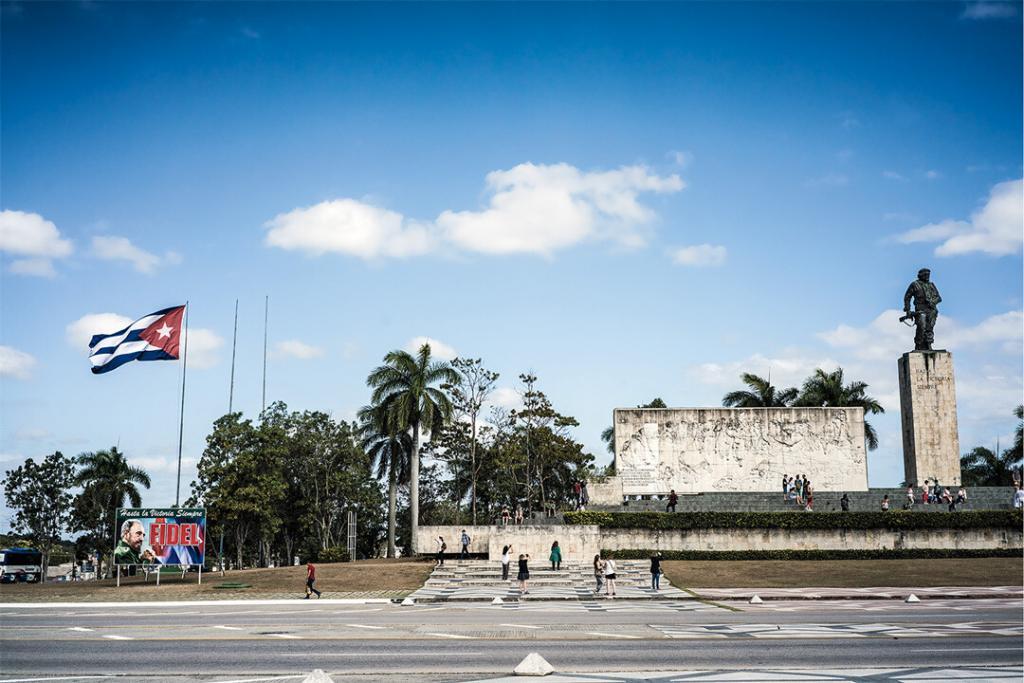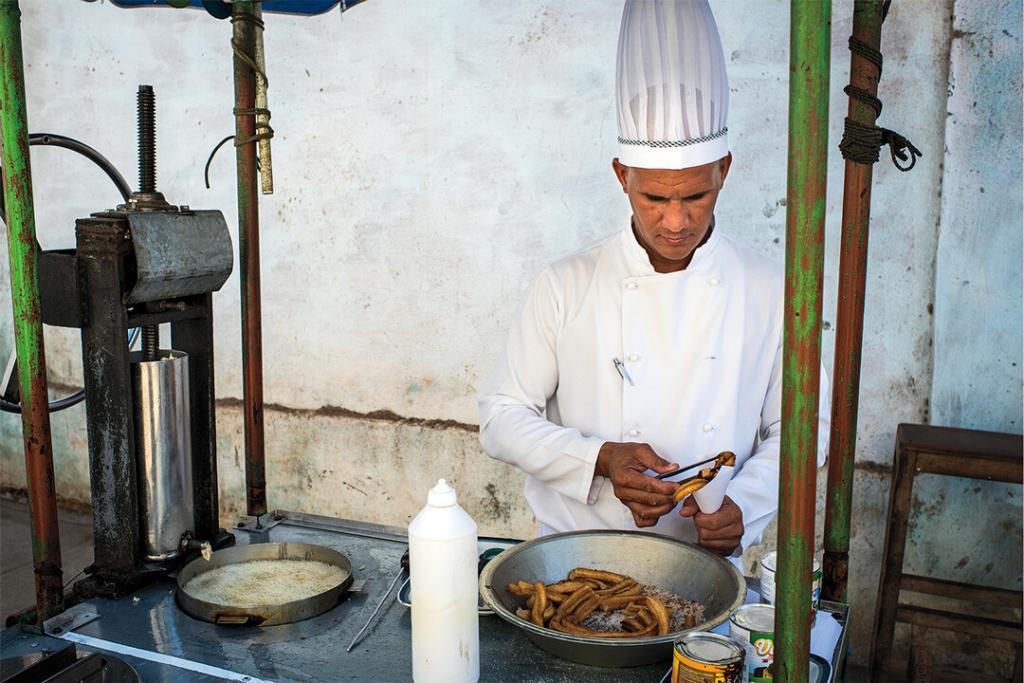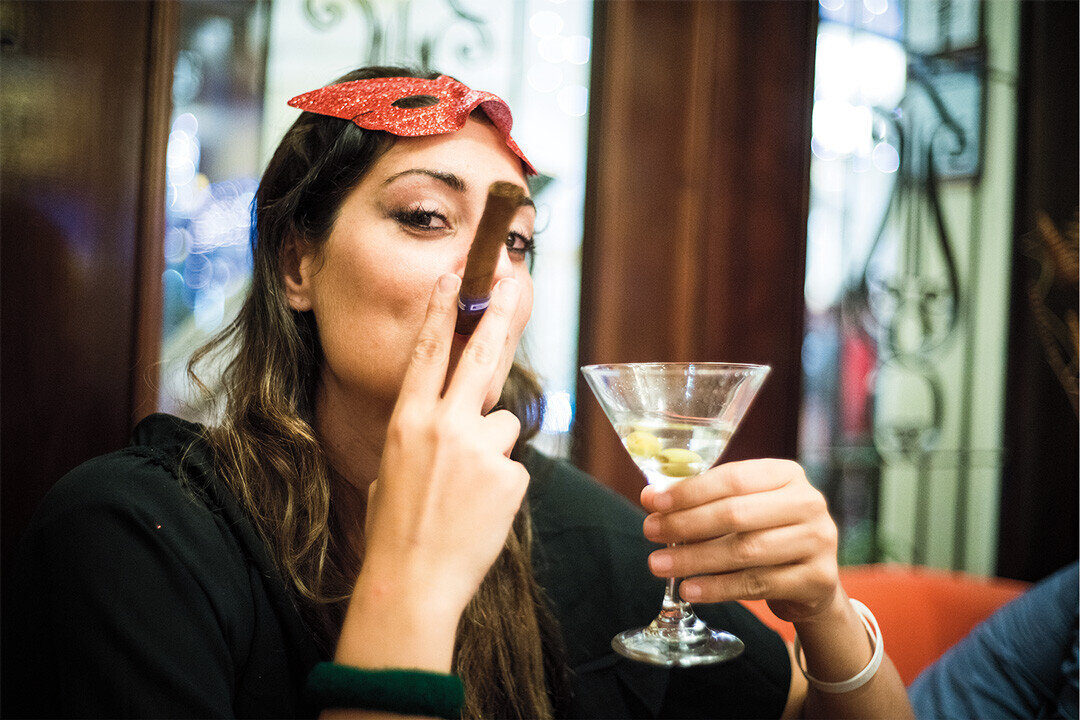When I think of Cuba, I have visions of posing next to marlin like Ernest Hemingway, puffing on a Romeo y Julieta cigar at the Churchill Bar of the Hotel Nacional, or cruising el Malecón in a 1953 Chevrolet Bel Air convertible. Unfortunately, these romantic visions are usually based upon a pre-communist Cuba. Since the ousting of the country’s brutal dictator Fulgencio Batista in 1959, things have changed considerably. Fifty-eight years of American embargo and Fidel Castro’s Marxist–Leninist form of communism have taken a significant toll on Cuba’s economy and infrastructure, but surprisingly not on national pride. Most of the world has always been allowed to visit, except Americans, and I have had a burning desire to travel to the country for as long as I can remember.
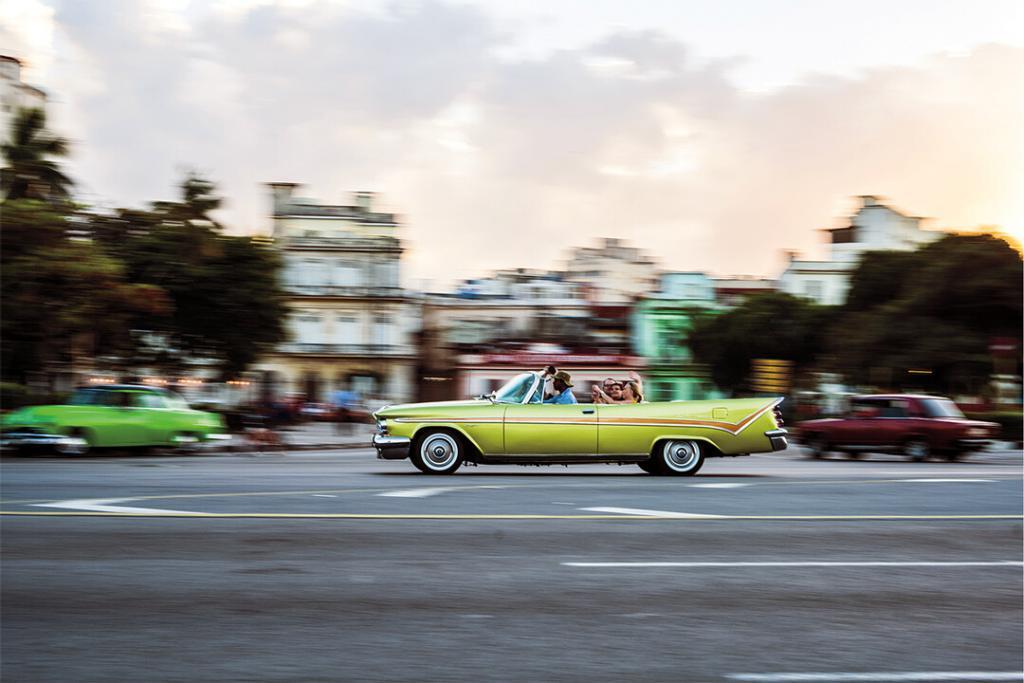
I wasn’t sure what to expect when I landed at Havana’s José Martí International Airport on December 27, 2016. Castro had just died, and the Obama Administration, undertaking the first major diplomatic relations with Cuba in 57 years, had established a U.S. embassy and eased many economic sanctions. More importantly for you and me, even though tourism is still officially prohibited and you may need to apply for a specific license through the U.S. Office of Foreign Assets Control (OFAC) if you do not fall into one of the 12 allowed visitor categories, the requirement for a travel permit was suspended. This meant I could finally con someone into coming with me. I waited a little over an hour at the airport for Scott, a pen pal whom I had never met, to land. At $55 USD for a taxi ride to our casa particular (think Cuban bed and breakfast) in Vedado (old Havana), it was worth the wait to split the ride. We had booked a top-floor pensión through Airbnb when planning our visit but this was to be our only set reservation.
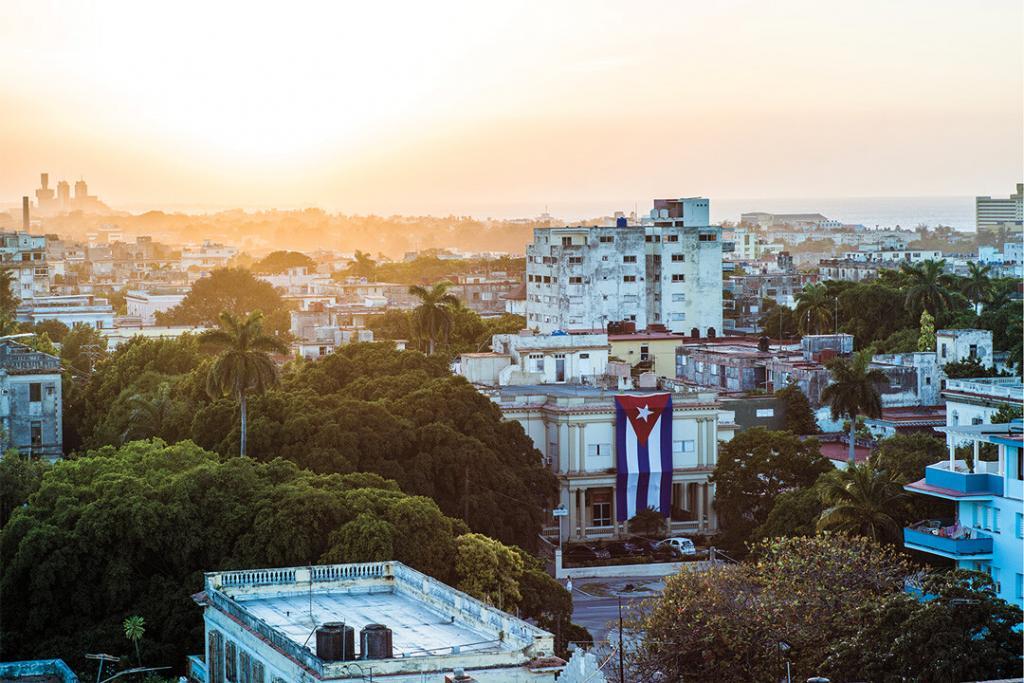
Reservations, it turns out, are a bit of a sticking point in Cuba. Tourism is now flourishing, and Cuba hasn’t caught up to the times. Most of our research had led us to believe that finding accommodations on the fly would be no problem. As it turns out, this is true most of the year but most decidedly not during major holidays like New Year’s Eve. Airbnb (the easiest way to pre-book casas online) is blocked by the Cuban government and must be arranged before departing. Not that you’ll want to get on the Internet in Cuba anyway; it requires a long wait in line to get a WiFi card attached to your passport number, and then sharing an ancient router in a public park with less than adequate dial-up speeds (keep this in mind when you promise the boss to check your email regularly). We relied upon looking for the symbol for casas and asking for a bed. If a place was full, the owners would be more than happy to call all their friends and neighbors who also ran casas until they found someone with a room.
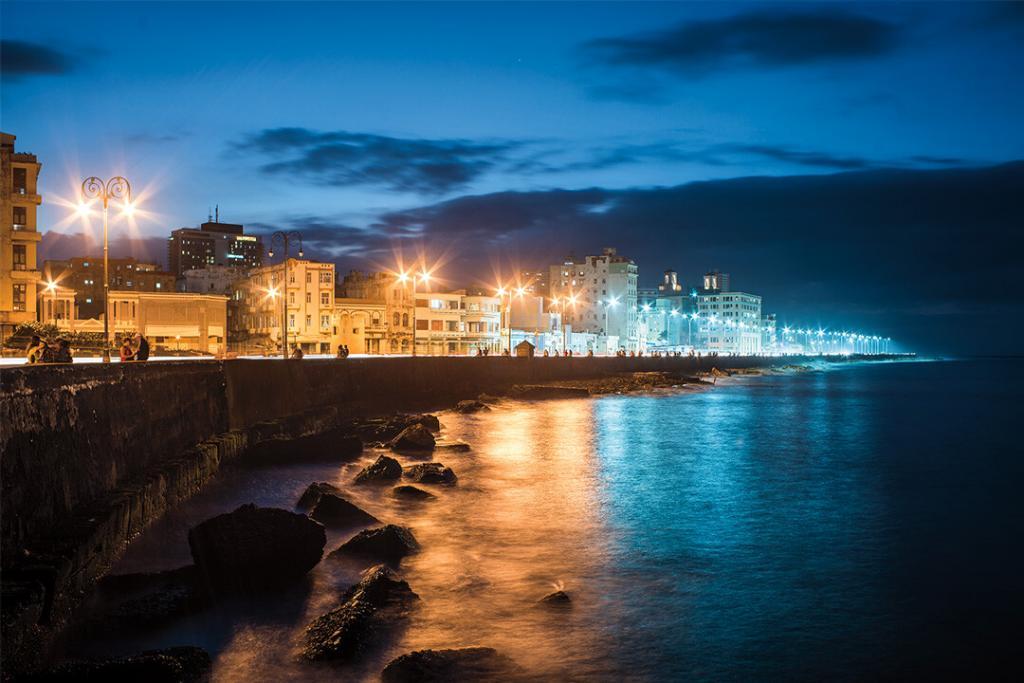
Before you jump right in to pre-book every night of your trip though, consider another major issue with Cuban reservations. Busses can be sold out days in advance, but only sell tickets in person at the station. If you’ve made a reservation to stay in another town on a specific night, you might not be getting a bus ticket for another 4 days. Thankfully, colectivos are relatively easy to find. Colectivos are collective taxis, typically a classic American car, that you will share with six or eight other folks en route to a mutual destination. You are also quite likely to wind up with oil on your pack if you don’t want all your luggage on your lap. Nevertheless, I recommend the discomfort because the added sightseeing and conversations with your seatmates are better than a bus. Be forewarned, you need to bring your bargaining skills for colectivos (as well as for everything else); if you don’t, they will gladly charge you $50 for a $5 taxi ride.
It was quite the learning curve for the two of us. Much to our luck however, our second night we met four Spaniards we came to affectionately call las Españas. Being native Spanish speakers they could negotiate things much easier than our clumsy tongues. Our newfound friends adopted us and introduced us to some of the best parts of Cuba starting in Trinidad. We spent 3 days in and around the city taking horseback tours of farmlands, traveling via colectivo to Santa Clara (famous for the Battle of Santa Clara, as being the turning point in la Revolución Cubana, and home to the tombs of many revolutionaries including Che Guevara), and of course sipping cancháncharas (the national drink) while playing in the surf at Playa Ancón.
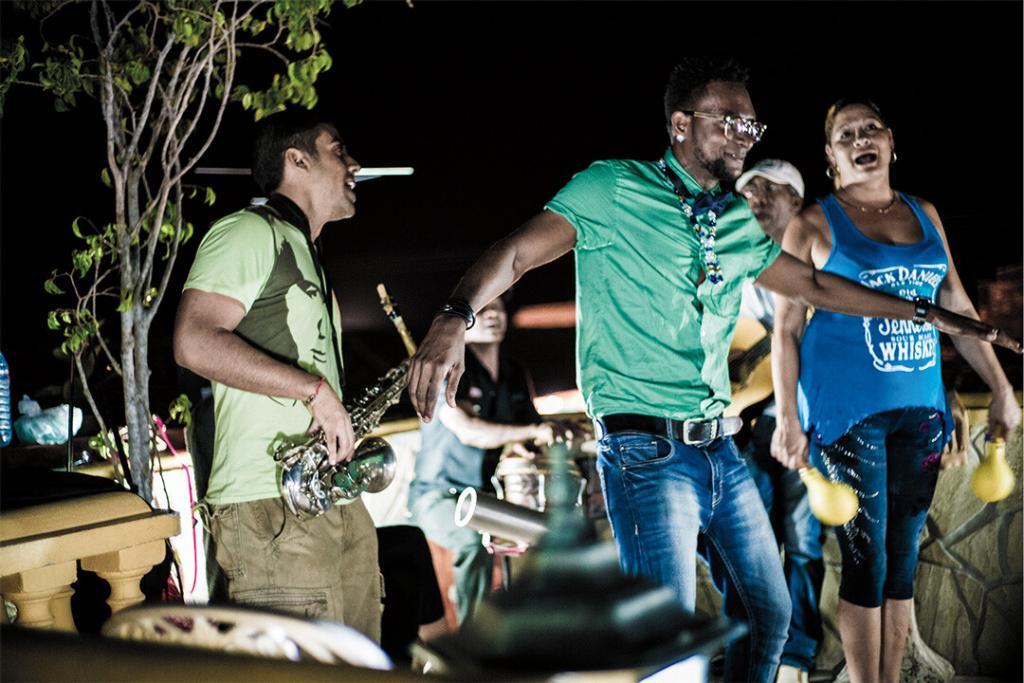
Trinidad was also where we chose to spend New Year’s Eve and it was a truly amazing experience. I still get chills down my spine thinking of the band playing “Año nuevo, vida nueva” (New year, new life), toasting champagne with our new friends, and watching government propaganda taken straight from 1960’s Russian TV. Even if we weren’t tourists in the proper form, we were nonetheless amongst the first wave of Americans to spend a New Year’s holiday in Cuba without the express written permission of Uncle Sam.
Had we more time in Trinidad, it would have been great to add in Sancti Spíritus and a proper day in Cienfuegos. As it was, we departed Trinidad at 6 a.m. on New Year’s Day with only a quick hour in Cienfuegos on our colectivo ride back to Havana. Finding a colectivo on a holiday isn’t something that can be depended upon, but with strong bargaining abilities like those of las Españas, anything is possible.
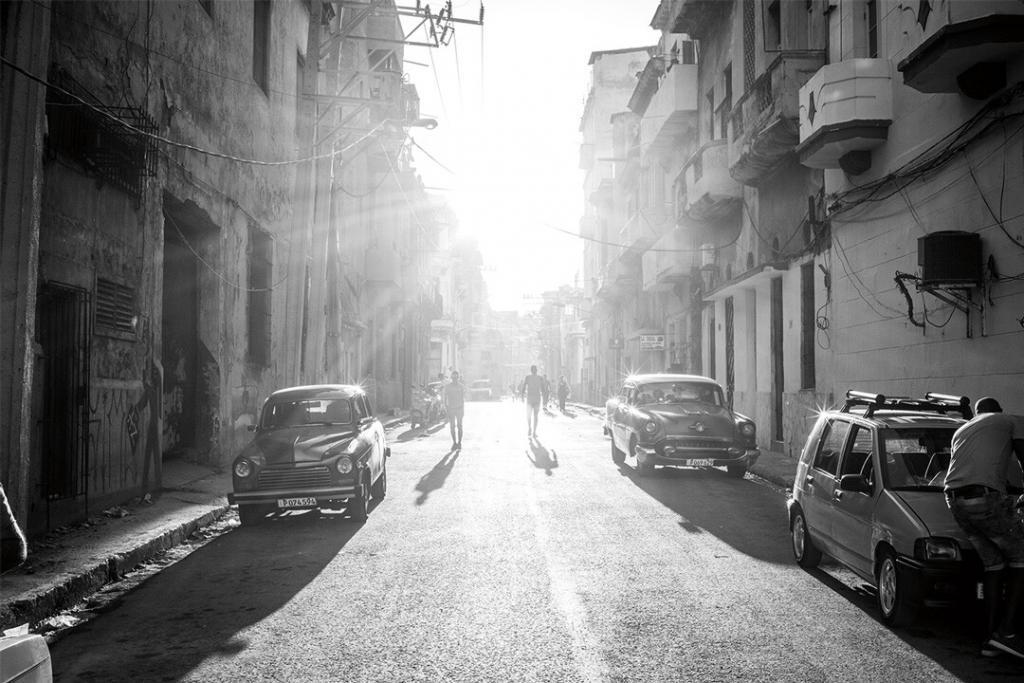
Sightseeing in Havana consisted primarily of the required Centro Histórico, walking el Malecón, and taking a water taxi to visit the north side of Puerto de Havana. This is a necessary stop to see El Cristo de La Habana, two 18th-century Spanish fortresses, and a small display on the Cuban Missile Crisis. This last bit caught us off guard since in addition to the expected propaganda about holding the imperialist Americans at bay, they also display the wreckage from the U-2 plane Major Rudolf Anderson, Jr. was piloting when he was shot down by the Soviets. His death quite literally gave the world pause and pulled us back from the brink of nuclear war.
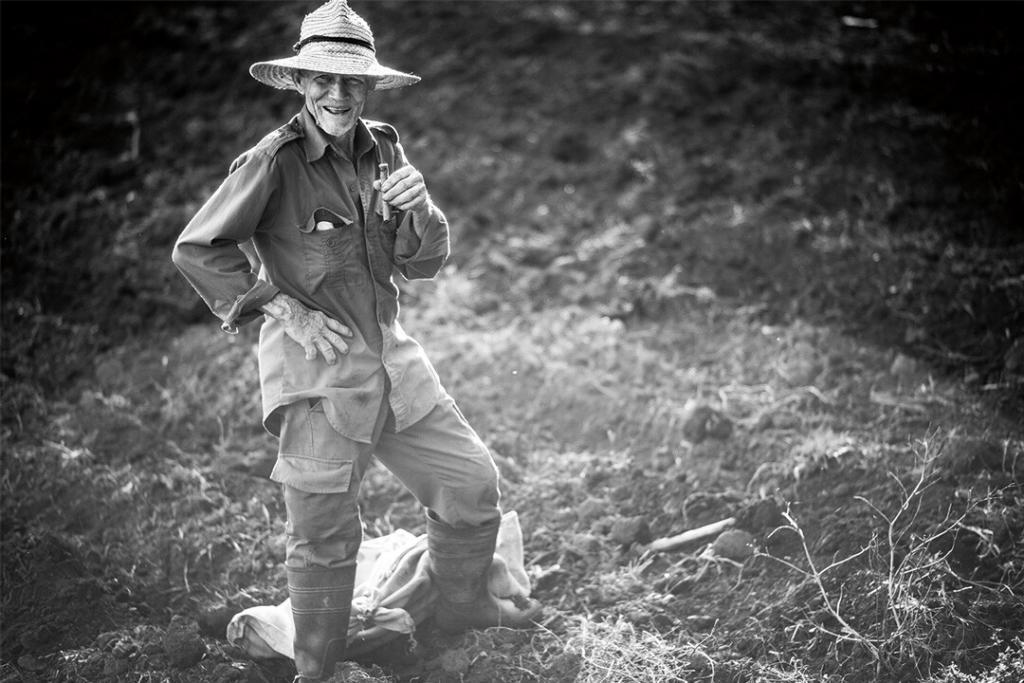
Our last night of joint touring with las Españas was spent at the Hotel Nacional. I got my gin and tonic with a Cuban cigar at the Churchill Bar, and then a spectacular dinner show was had at Salon 1930. Although it was a little spendy, I hardly felt it was a waste of money; it was probably the closest throwback to the imagined romance of 1940’s Cuba I could have experienced.
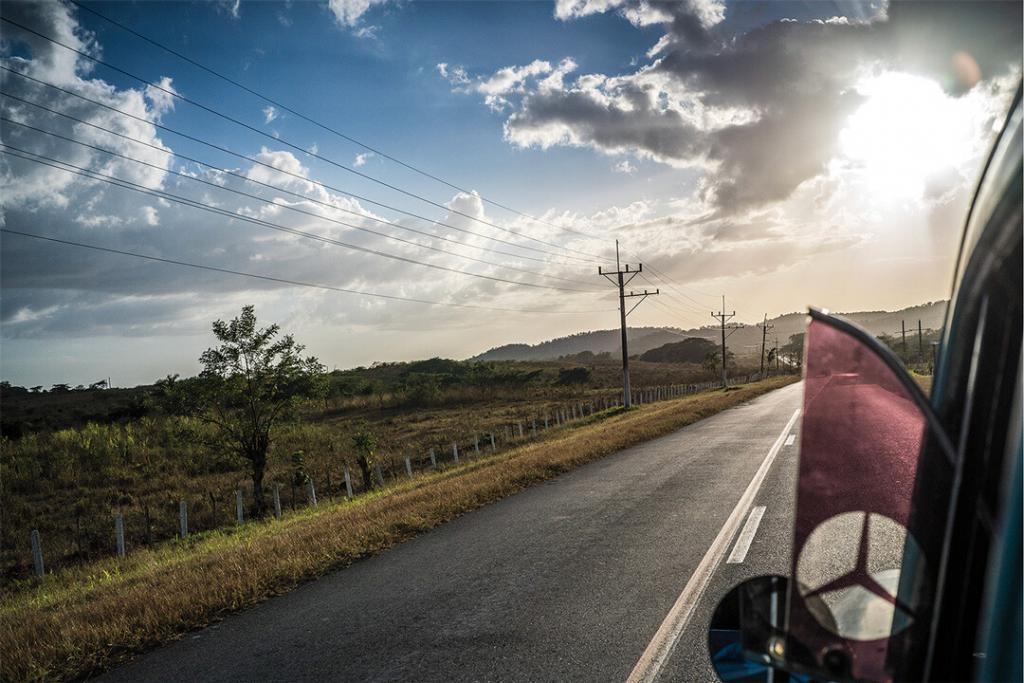
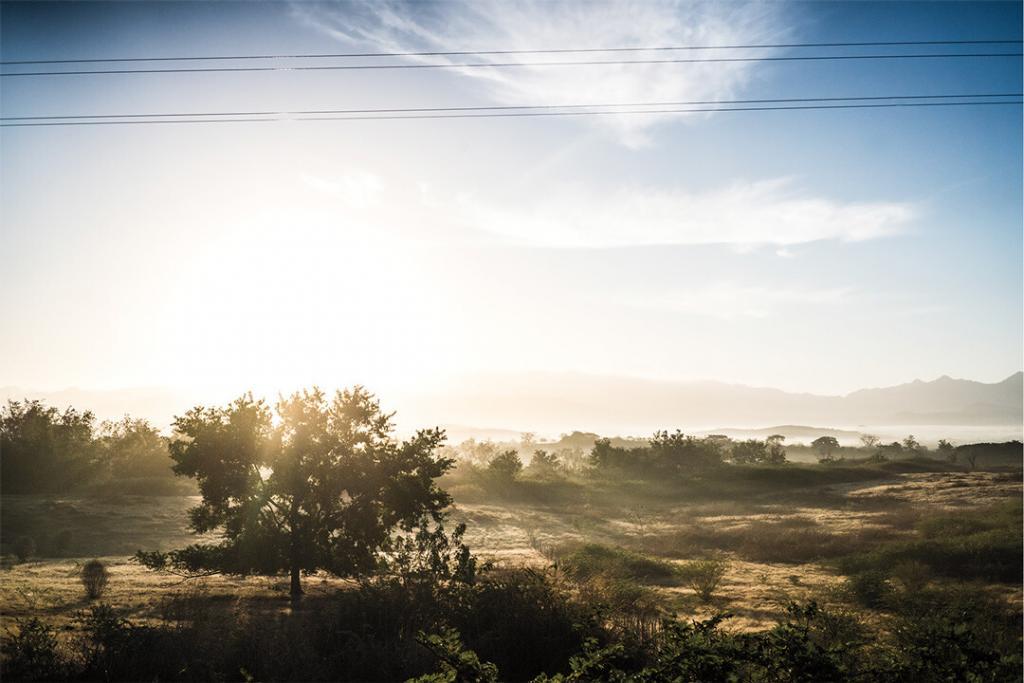
It was now time for our last leg, and perhaps one of the most recommended destinations: Viñales. While all of Cuba is capable of cultivating the country’s main crops of tobacco and sugar cane, communist control has dictated what each region will actually grow, and Viñales grows tobacco. It is also home to a beautiful national park with spectacular limestone cliffs surrounded on the valley bottom by tobacco plantations. We chose to take another day-long horseback tour, which I highly recommend. Compared to the more heavily visited UNESCO sites like Trinidad, the region (itself a UNESCO site) is relatively rural and allowed us more opportunity to actually meet the farmers while enjoying their hand-rolled cigars and canchánchara.
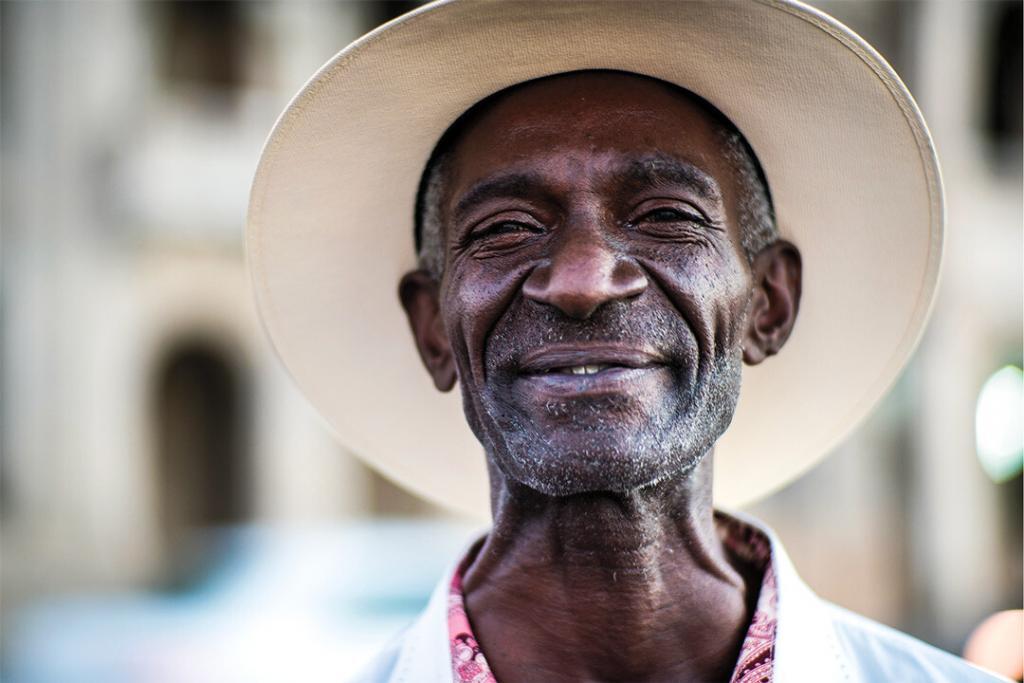
TRAVEL TIPS
There are a few things to keep in mind about Cuba. It is stunning, but however beautiful it may be it is probably also not a suitable vacation destination for U.S. citizens, nor is it intended to be at this stage in the game. You will want to check the OFAC’s website for current traveler requirements in your initial planning stages.
Cuba, at least as of this writing, cannot provide you with 5-star accommodations to the same standards as the Bahamas, nor the great cost savings found in much of Latin America. A night at the Hotel Nacional de Cuba in Havana will run you $135 (single occu-pancy) per night, but has not seen maintenance or new furniture since la revolución. Also, depending on where you are, running water might not be reliable while potable tap water is never a thing. That said, I found the accommodations to be quite clean.
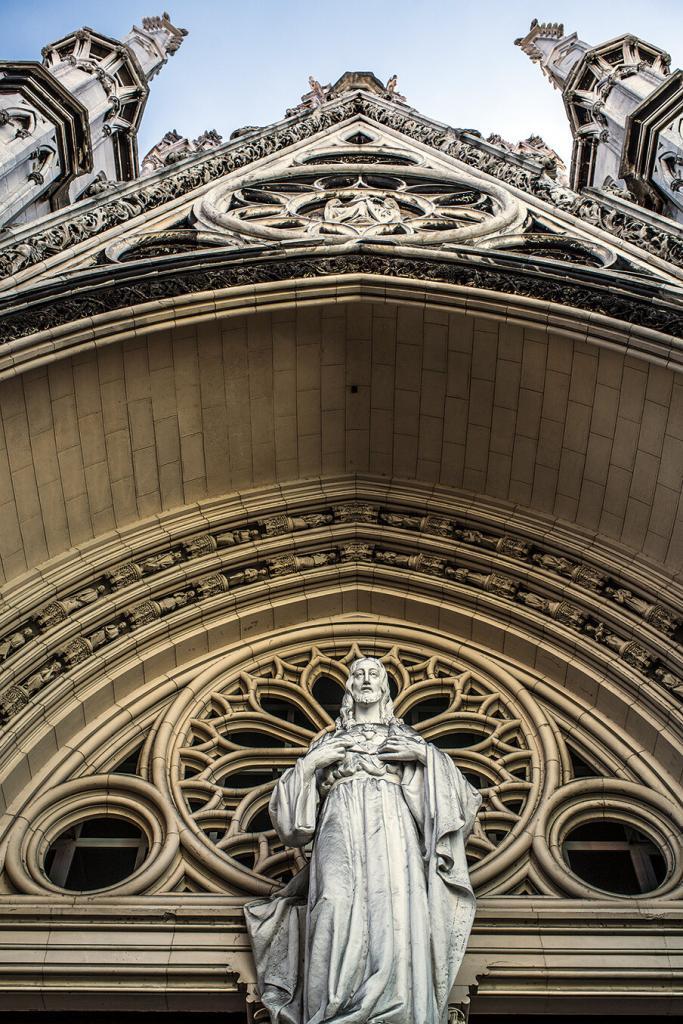
Cuba has two currencies: the peso (CUP) and convertible peso (CUC). The CUC is virtually 1:1 with the U.S. dollar on paper but don’t forget to factor in 3 percent for the bank’s exchange and 10 percent for the government penalty for using the USD (this means you lose 13 cents for every dollar you exchange). Consider converting your American money to something like the euro before you leave, then exchange those euros into CUC’s. This way you are only losing about 6 percent.
An extremely important factor to be considered by Americans is that our credit and debit cards do not work in Cuba, and neither do travelerʼs checks. You will have to plan your trip carefully, bringing cash for every penny you intend to spend (plus a good buffer) since there is no good way to get more cash should you run out. The importance of that last statement can’t be overemphasized.
EDITOR’S NOTE
For all other visitors—VISA and MasterCard credit cards (unless issued by U.S. based banks like Citibank) are generally accepted in larger hotels and restaurants; banks and cashpoints are to be found in all major cities and tourist centres.
This article first appeared in the 2017 Autumn issues Overland Journal.
Text & images: Clark White.
